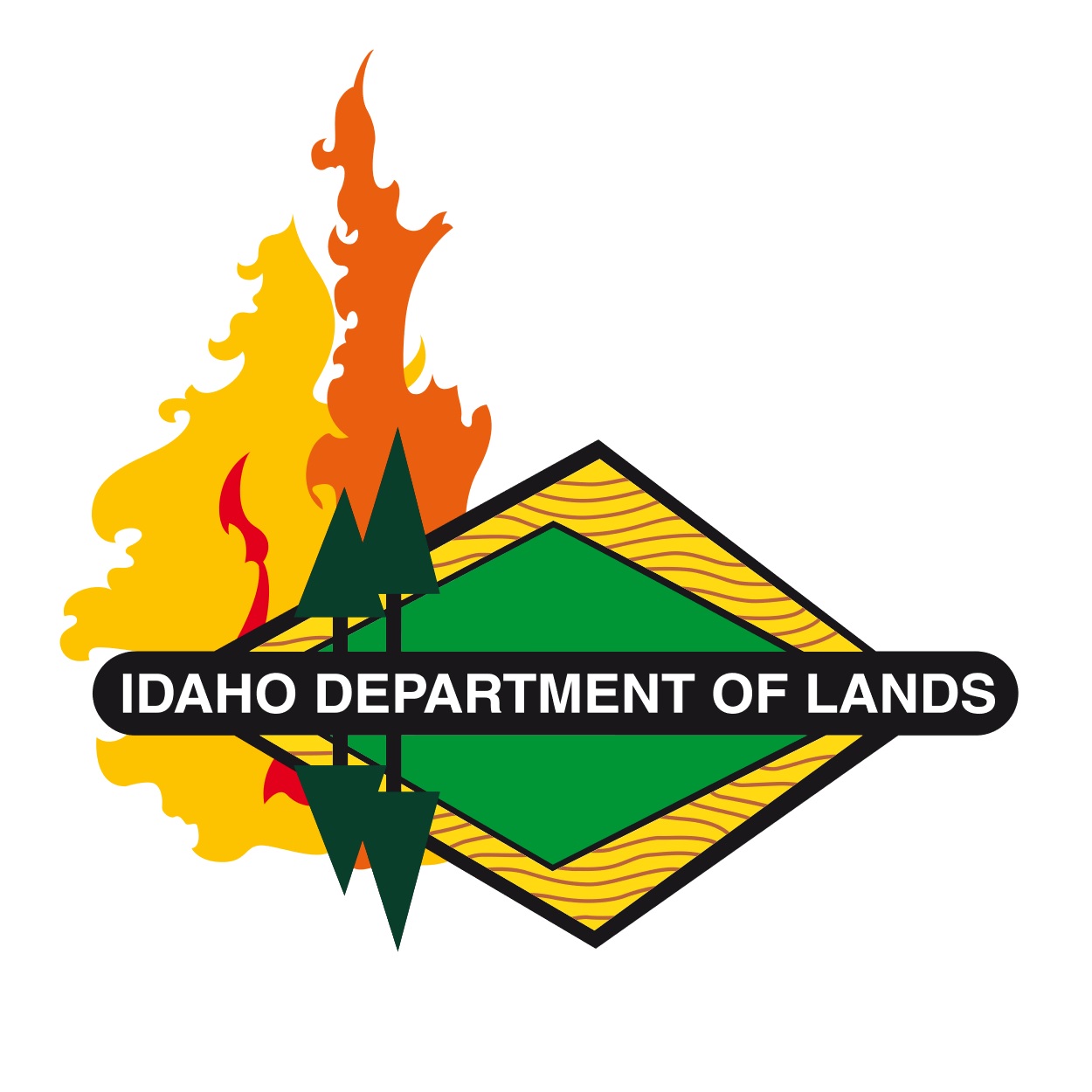Overview
Dredge and placer mining is the extraction of minerals from an alluvial or glacial deposit, usually sand and gravel, containing particles of gold or other valuable minerals. A placer deposit can be in a natural watercourse or an ancient river channel high above a stream. The Idaho Placer and Dredge Mining Protection Act was passed as an initiative vote in 1954. Over the years, several changes have been made, but the basic components of the 1954 Act still stand:
- Placer mining requires a permit;
- Every permit must have a performance bond;
- Water quality must be maintained and disturbed lands and water courses must be reclaimed;
- Site inspections are required to ensure compliance;
- Penalties for violation of the Act will be enforced.
Any person who disturbs more than one-half acre of land in the process of placer mining must have a permit from the Idaho Department of Lands. Applications are available from the Department, as well as available on IDL’s Mining Regulatory page. After submission of an application and a $50.00 fee for each ten acres, the review takes approximately sixty days.
The Department of Lands, as the lead agency for implementing the antidegradation policy for dredge and placer mining, may solicit comments from the Departments of Fish and Game, Water Resources, and Environmental Quality. A site review may be conducted prior to a plan approval. Approval is by the State Board of Land Commissioners (Land Board) at a regular Land Board meeting. Permits are transferable and are good for the life of the operation.
The Act applies to all lands in the State of Idaho, including private, state, and federal (U.S. Forest Service (USFS) and Bureau of Land Management (BLM)). On federal lands, an operating plan may be required by the surface management agency, usually BLM or USFS. Under authority of Memorandums of Understand (MOUs) with the USFS and BLM, one plan is developed and then submitted to both the state and federal agencies.
Public Hearing
When the Department of Lands determines, after consultation with the Departments of Water Resources, Fish and Game, Environmental Quality and affected Indian tribes, that a proposed dredge and placer mining operation can reasonably be expected to significantly degrade adjacent surface waters, a public hearing will be conducted. The purpose of the hearing will be to discuss what measures should be taken to protect water quality from nonpoint source water pollution.
When there is a reasonable potential for nonpoint source pollution, the Director will require that the operator provide to the Department of Lands baseline pre-project surface water monitoring information and ongoing monitoring data during the life of the project.
Bonding
A performance bond is required as a condition of the permit to ensure the completion of reclamation. A bond can be either a surety bond, cash, a certificate of deposit, a bank letter of credit, or an annual payment to the Bond Assurance Fund (BAF). The amount of the bond is determined by the estimated actual costs for the state to reclaim the lands, plus a 10% contingency. Reclamation bonds may not exceed $1,800 per disturbed acre and will be approved by the Land Board at the time of permit approval. If the operator defaults on the reclamation performance, a hearing may be required to recover the bond. The operator is given an opportunity to do the reclamation or contract it out before the bond is taken.
Water Quality – Reclamation
Every dredge and placer and mining operation must maintain state water quality standards by implementing Best Management Practices (BMPs) to protect existing beneficial uses from nonpoint sources of pollution. Most operations utilize settling ponds to recycle their wash water in a closed system. Discharge of process waters to any surface water requires a National Pollution Discharge Elimination System (NPDES) Permit from the Environmental Protection Agency (EPA). Unless a Stream Channel Alteration Permit is obtained from the Department of Water Resources, an undisturbed buffer of riparian vegetation must be maintained between the operation and the bank of the stream. One of the greatest problems faced by placer miners is adequate space to properly construct settling ponds of sufficient size to successfully operate the mine.
Upon completion of mining, or concurrently on most operations, affected lands must be backfilled, graded, topsoil replaced if present, and stabilized with vegetation. Some areas are better left as ponds for wildlife habitat. The reclamation is planned as part of the overall mining operation at the time of permit approval.
Site Inspections
The Department of Lands is required by the Act to inspect the operation periodically to review compliance with the permit. The Act allows the Department of Lands to charge the permittee for the costs of these inspections. If a violation is found, a remedy is discussed and a reasonable period of time is allowed for corrective action. On USFS lands, the Forest Service monitors the permits and coordinates with the Department of Lands on compliance problems.
Penalties
The Act allows the State to enjoin an operation without a permit or bond or an operation violating an existing permit. Violation of the Act carries a civil penalty of $500 to $2,500 for each day a violation continues. If a person willfully violates the Act, they are liable for a fine of $1,000 to $5,000, or up to a year in prison, or both. Additionally, the State may seek costs to reclaim lands affected by the mining operation.

